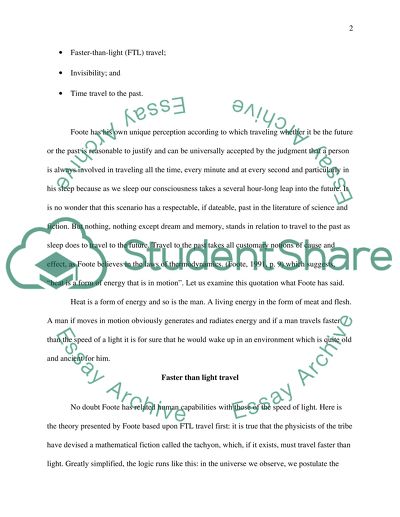Cite this document
(“Time Travel Essay Example | Topics and Well Written Essays - 2500 words”, n.d.)
Time Travel Essay Example | Topics and Well Written Essays - 2500 words. Retrieved from https://studentshare.org/miscellaneous/1525981-time-travel
Time Travel Essay Example | Topics and Well Written Essays - 2500 words. Retrieved from https://studentshare.org/miscellaneous/1525981-time-travel
(Time Travel Essay Example | Topics and Well Written Essays - 2500 Words)
Time Travel Essay Example | Topics and Well Written Essays - 2500 Words. https://studentshare.org/miscellaneous/1525981-time-travel.
Time Travel Essay Example | Topics and Well Written Essays - 2500 Words. https://studentshare.org/miscellaneous/1525981-time-travel.
“Time Travel Essay Example | Topics and Well Written Essays - 2500 Words”, n.d. https://studentshare.org/miscellaneous/1525981-time-travel.


